One of the unexpected packs of seeds we received from our seed swap was the herb anise hyssop. Our April indoor sowing has successfully germinated so it’s about time we found out more about the plant. Five fascinating facts coming right up…
1. A lick of licorice
Anise hyssop is a perennial herb and a member of the mint family. It is also known as ‘licorice mint’ on account of it tasting a little like licorice. However, it does not taste like mint.
2. The bees anise
It scores highly in the bee friendly stakes – the pollen pursuing insects love the small purple flowers which cluster on the end of tall spikes in late summer. If they can get the licorice loving butterflies out of the way.
3. An easy anise
Luckily for us it is easy to grow, tolerates scruffy soil and can even handle neglect. Like mint it will spread if given freedom to roam, barging its way into places it isn’t wanted, so is often grown in pots.
4. Licorice allsorts
Both leaves and flowers are edible and routinely find their way into all sorts of sweet and savoury dishes, herbal teas and cordials. We’re particularly keen to give it a run out in a few cocktails and liqueurs.
5. Hyssop’s fables
Native North Americans revered the plant on various magical and medicinal grounds and it also crops up in numerous Chinese remedies. Among other things it is said to relieve a dispirited heart, provide protection for a dwelling and cure a myriad of ailments including anxiety, coughing, heatstroke and nail fungus.


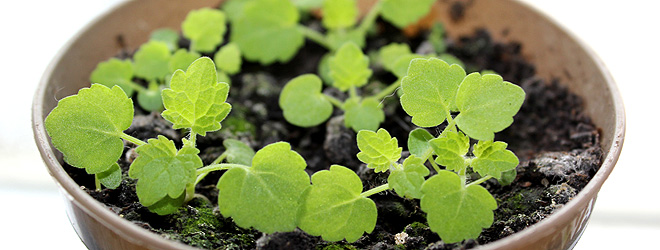
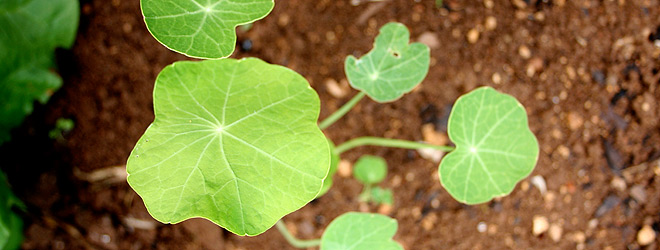
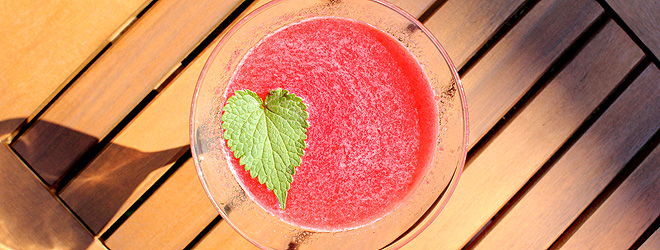
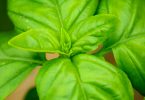
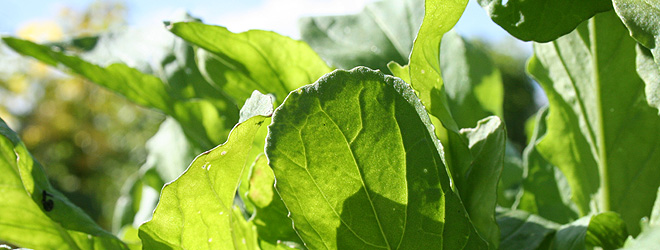
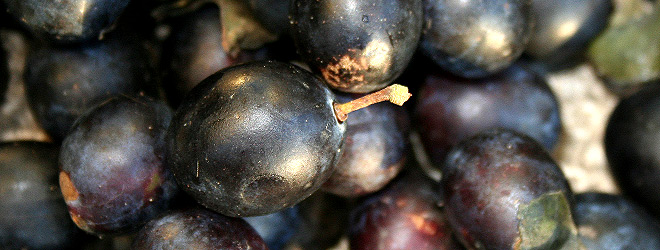
I read this and then I saw a hyssop plant (not anise) at the market, so I bought it and I put it in a pot, with lots of horticultural grit and oven-sterilized stones. That was, what, 3 weeks ago? I’ve never grown hyssop before – it sounds like something I used to get the day off school for – but it’s doing very, very well. It’s putting Myrtle to shame! I’m going to let it establish itself this year, so I’m just taking a few leaves off for salads – and very nice they are too. What I don’t know is: can I leave it out in winter? Because if it goes on like this it’s going to be massive, and space is short in my ‘conservatoire’, don’t you know…
This is my first experience of growing hyssop. As I write my seed-sown plants are barely two inches tall. But they’re looking pretty healthy.
When I decide they’re big enough they’ll be shoved outside where they will remain, through all seasons. I have it on good authority that this practice is perfectly acceptable to the plants. But until I try for myself I can’t be entirely sure…
I acquired my first anise hyssop plant by accident several years ago. My neighbor had bought a plant from a market vendor who claimed it was lemon balm. One whiff of the leaves convinced me it was not in fact lemon balm, but it took me more than a year before I was finally able to identify it.
As you may have noticed, each flower produces thousands – if not millions – seeds…which will happily grow everywhere in your garden if you let them. They do in my garden…but the seedlings are easy to recognize. They smell like anise/licorice and the leaves may have a slight purple tinge to them. I just dig them up and transplant.
Anise hyssop is super hardy, and should have no problem surviving the winter. (In fact, they seem to thrive anywhere and everywhere, and require very little care). The old growth will die back. But you should have growing around the base of your old plants the new baby plantlets which are just waiting to shoot up come spring. They are also probably a purplish color. So, where you had one plant growing this year, you will have a several stalks next year. If you cut the plant back from time to time, it will be a bit bushier (but again, old growth will die back).
I wanted to say Thanks for the Anise Hyssop syrup recipe, BTW (it makes a great tea, too). I’d been toying with the idea of making a liqueur or hard candies out of it. I’ve given several plants to a friend, who now wants to make something akin to ouzo with it.
In any case, I’m glad you’ve discovered Anise Hyssop…not too many people know of it…and it really is a beautiful plant.
Thanks for all the useful information. Sounds like the Anise Hyssop fan club is growing!
Be careful not to confuse hyssop (true hyssop) and anise hyssop. They aren’t related at all. Hyssop is much used as a medicinal plant…but is extremely bitter (and is in fact an ingredient in stomach bitters if you want to experiement with those).
Hyssop is very hardy, semi-woody, and quite fast-growing plant. And very low maintenance. You’ve probably noticed that by now. You ought to cut it back from time to time to prevent it from getting leggy (and to keep it from taking over too much space). Mine have had no problem surviving the winter (I’m in Budapest).
I read somewhere that hyssop is often planted near grapes to attract bees. Also, if you’ve got one, it’s really easy to grow from cuttings and also by layering.